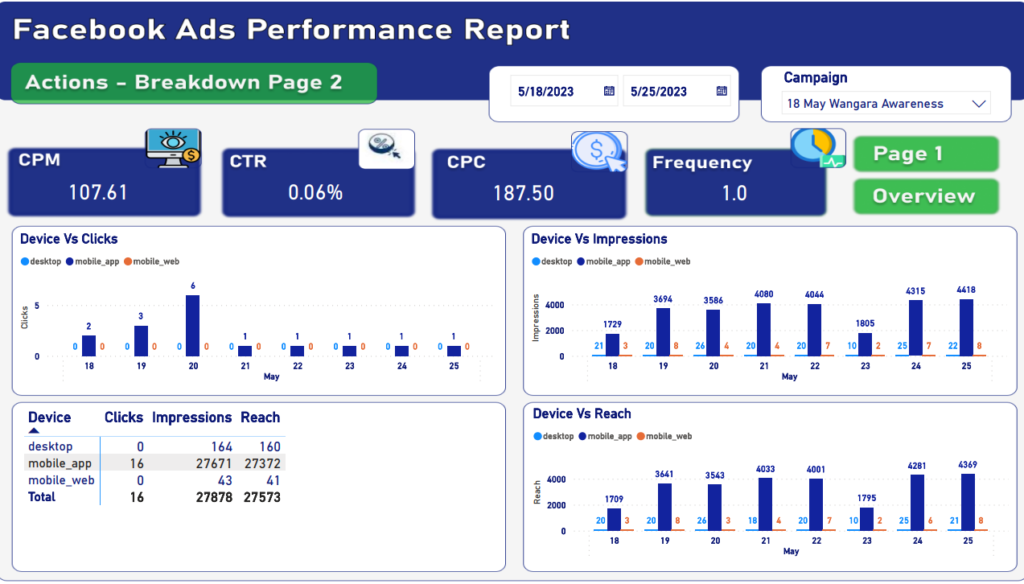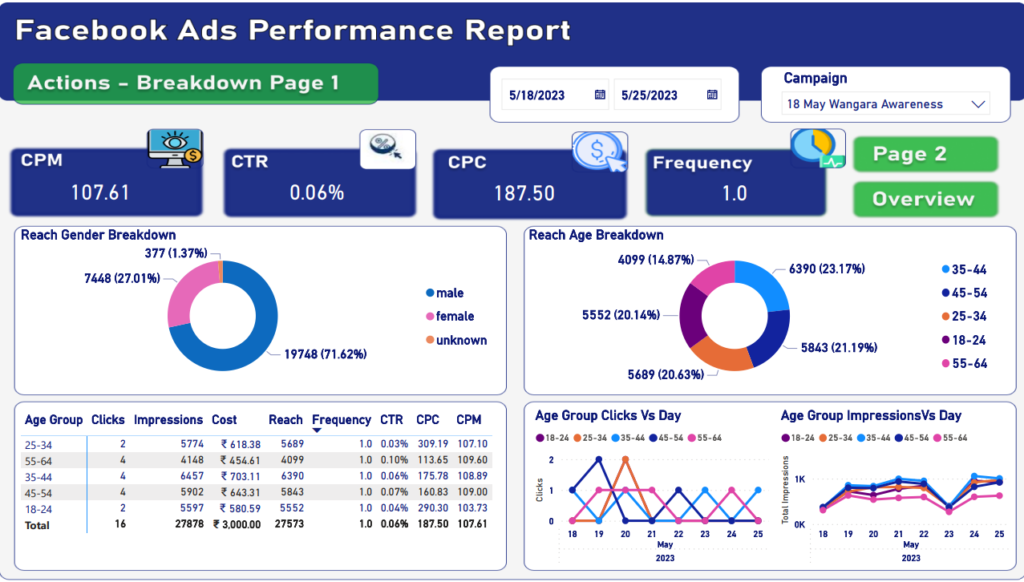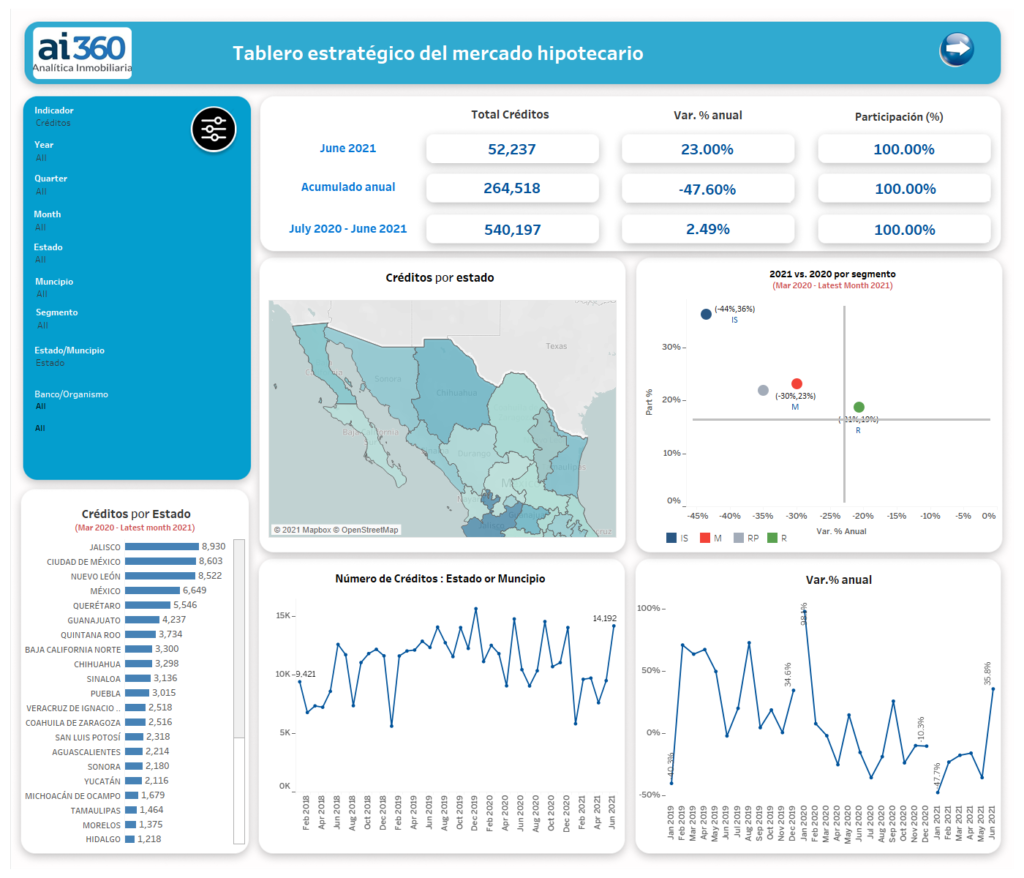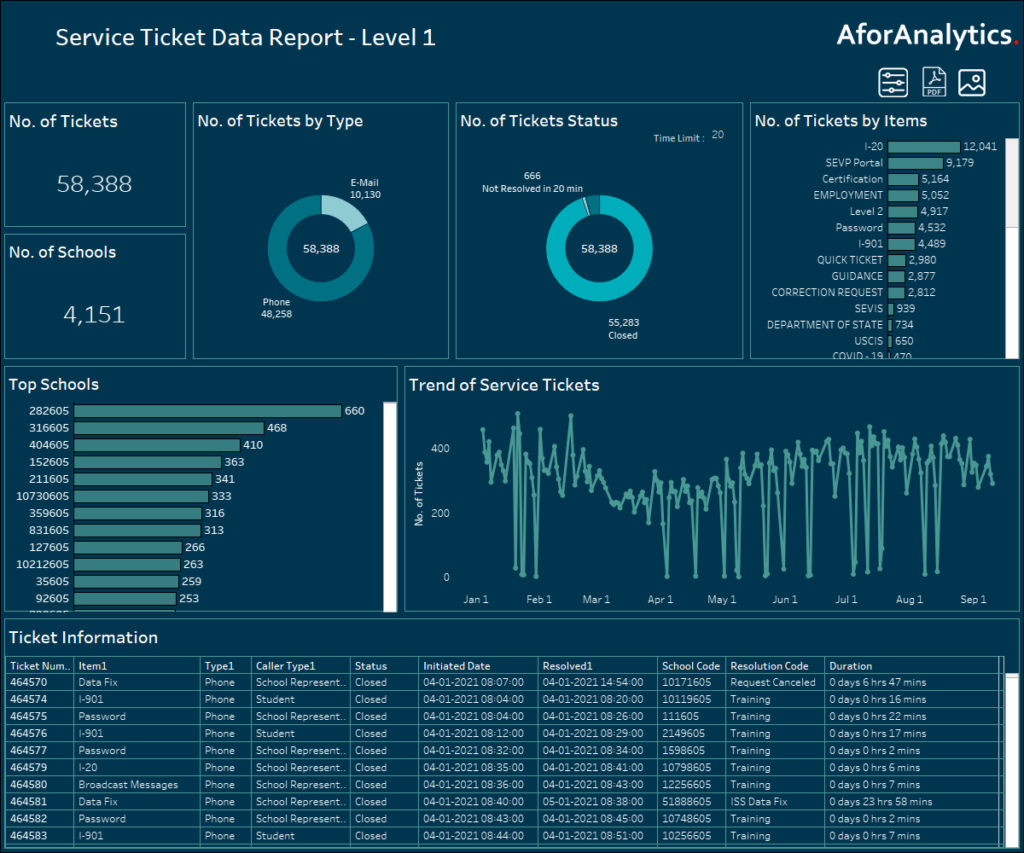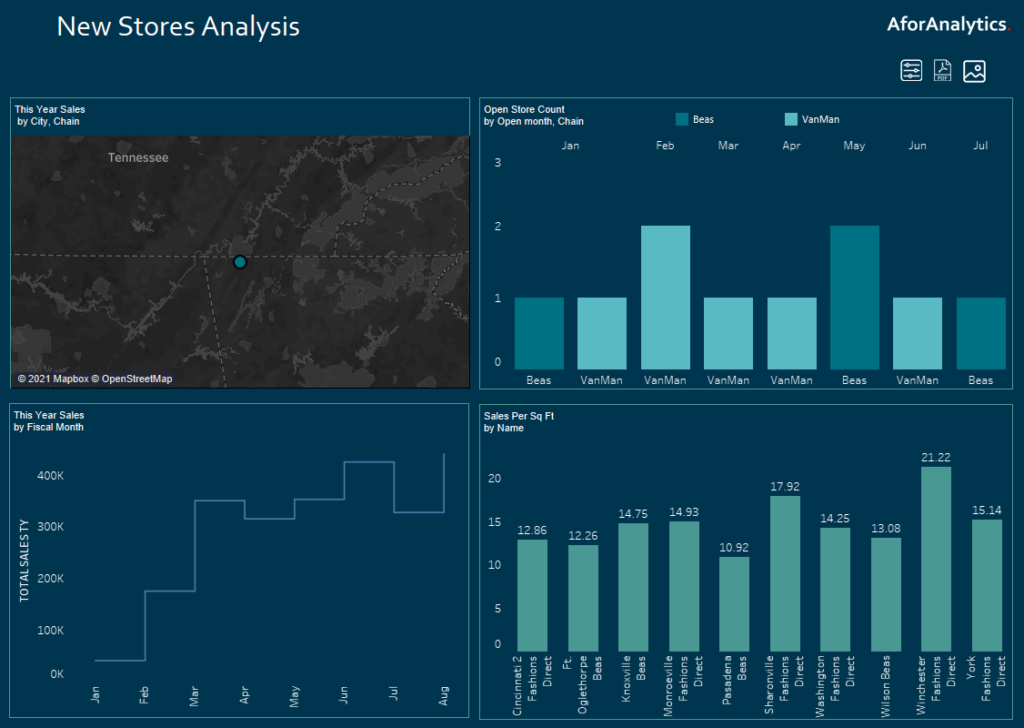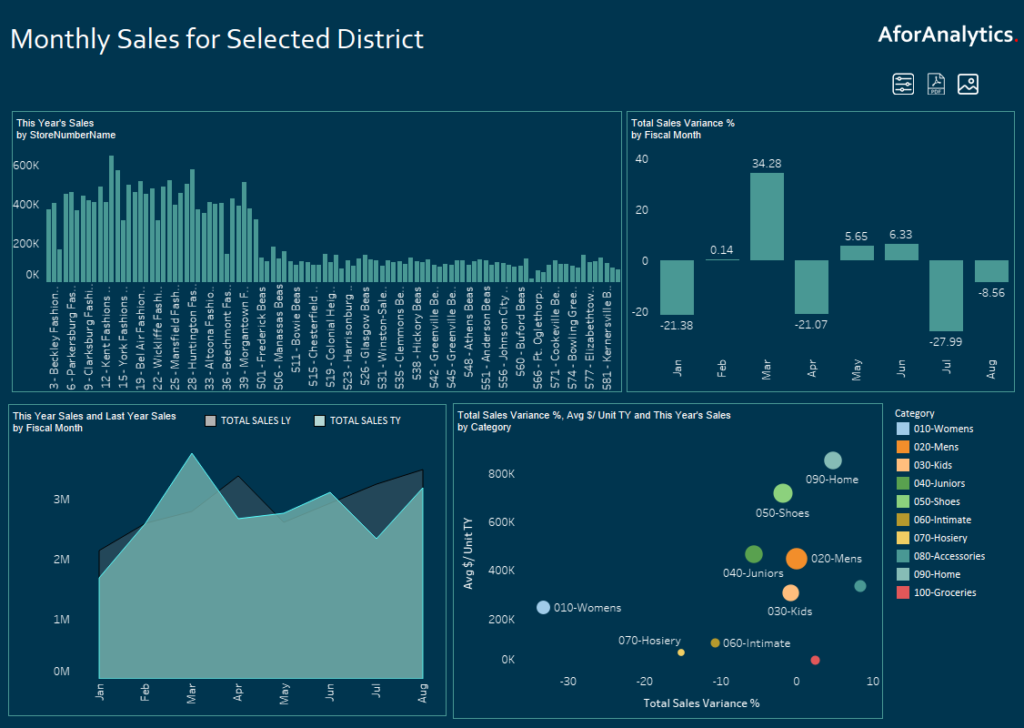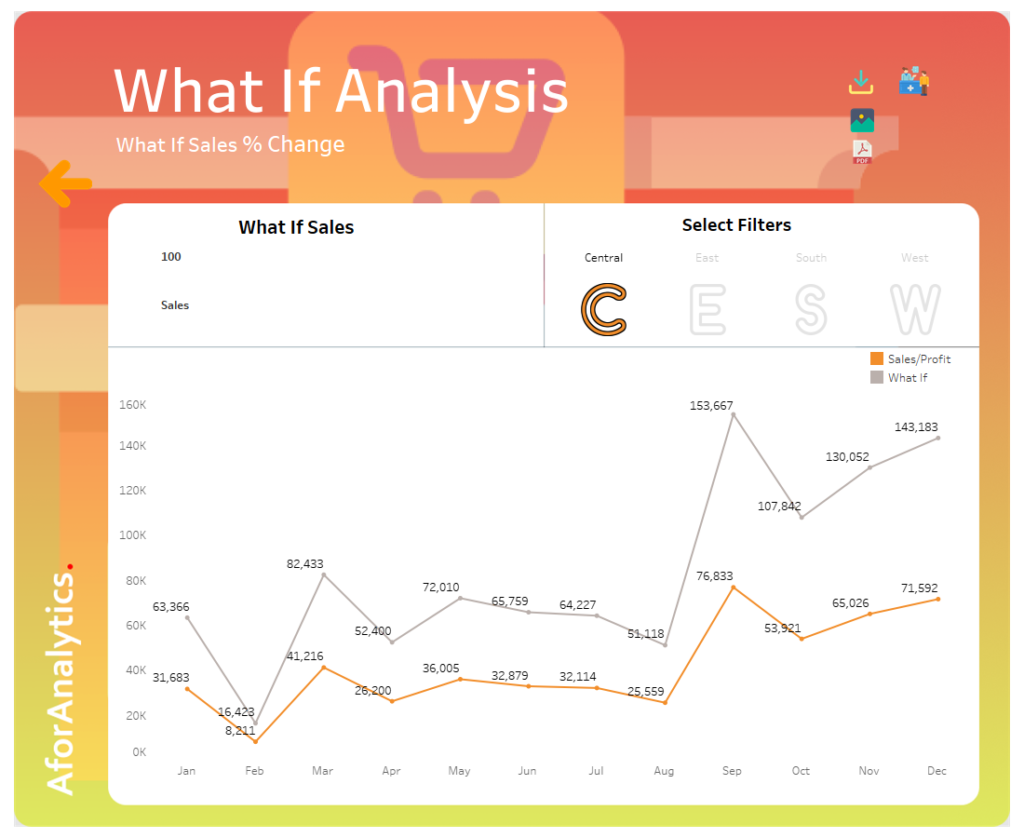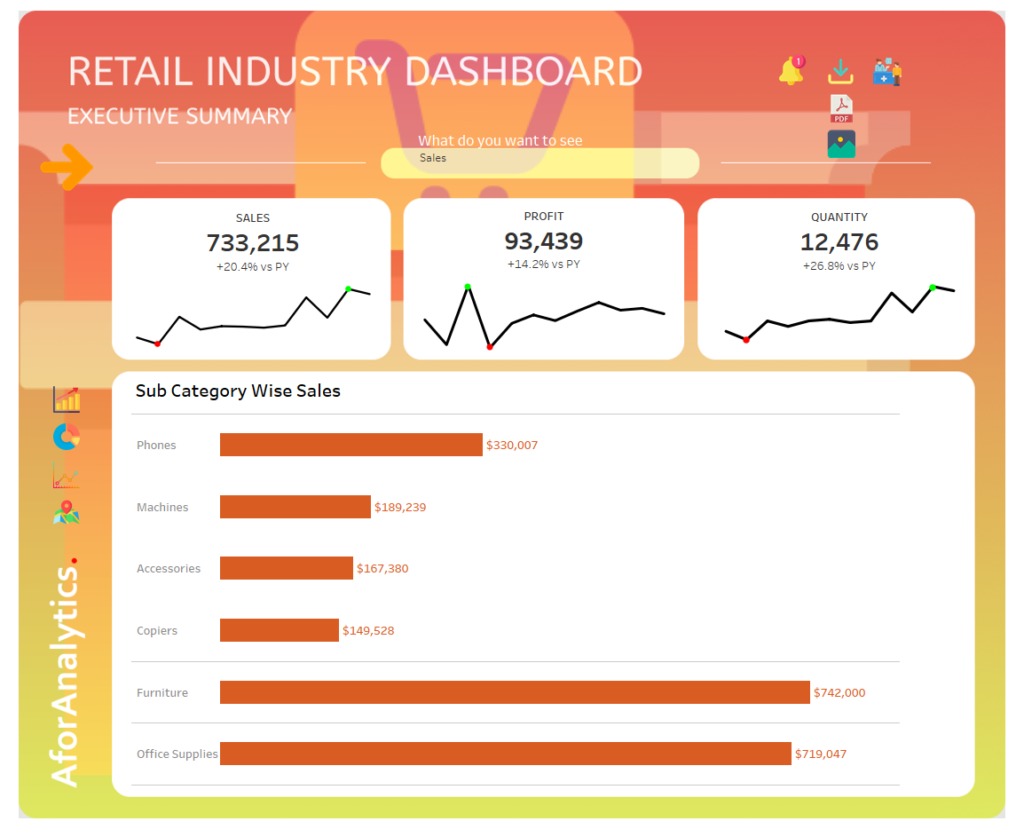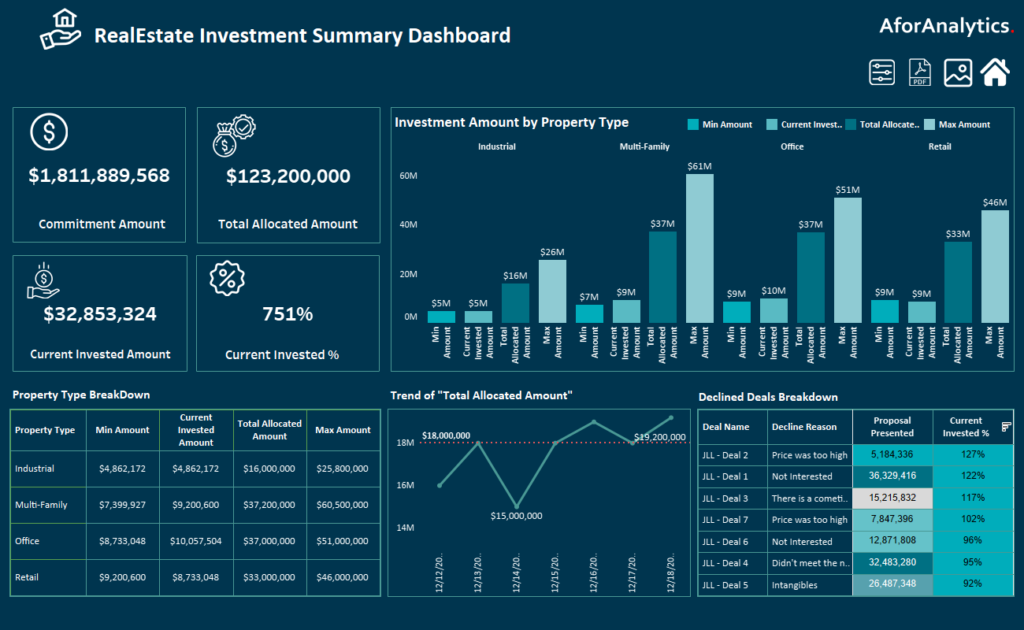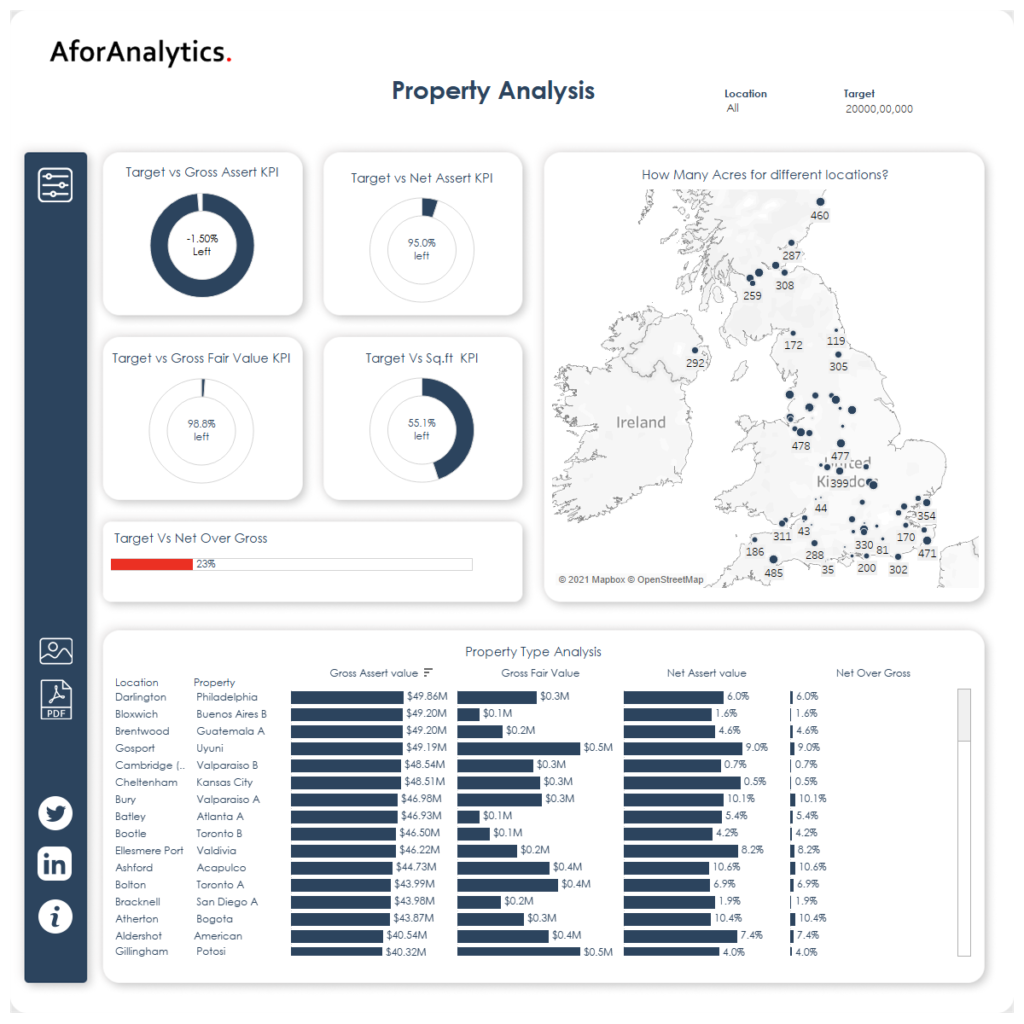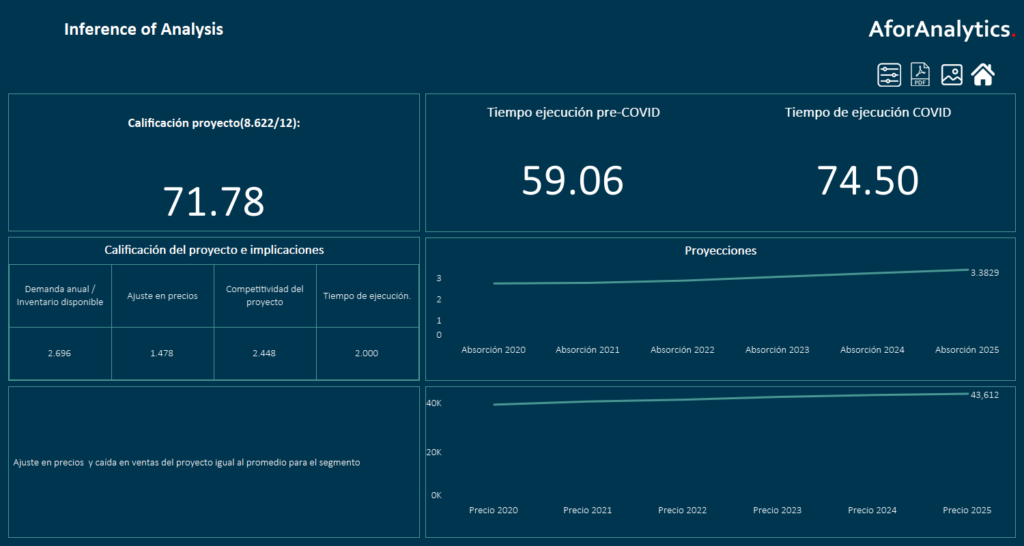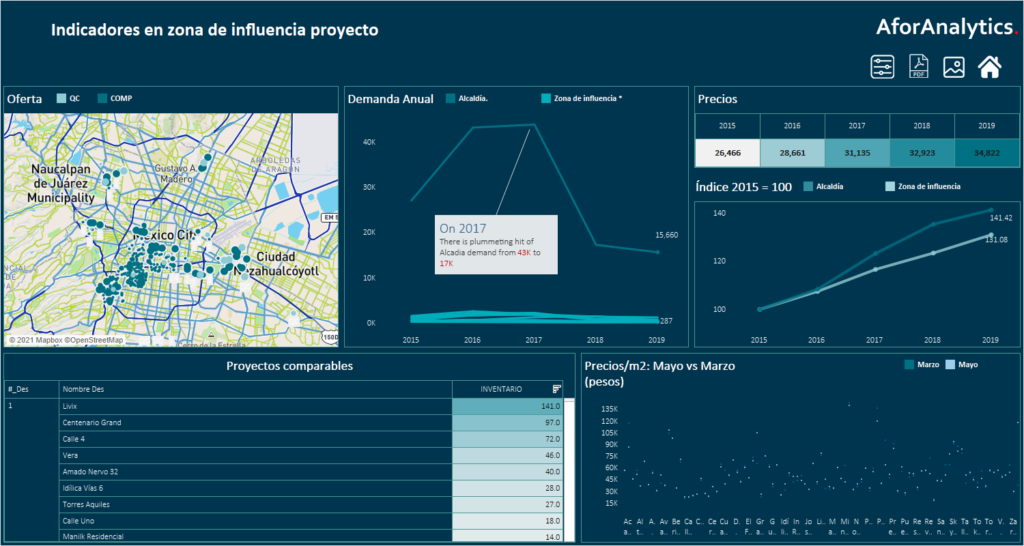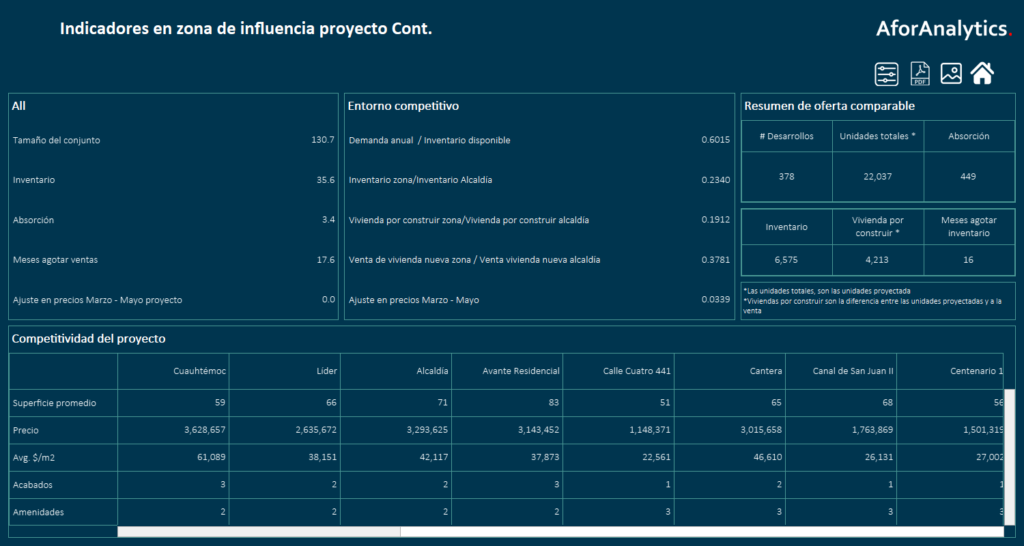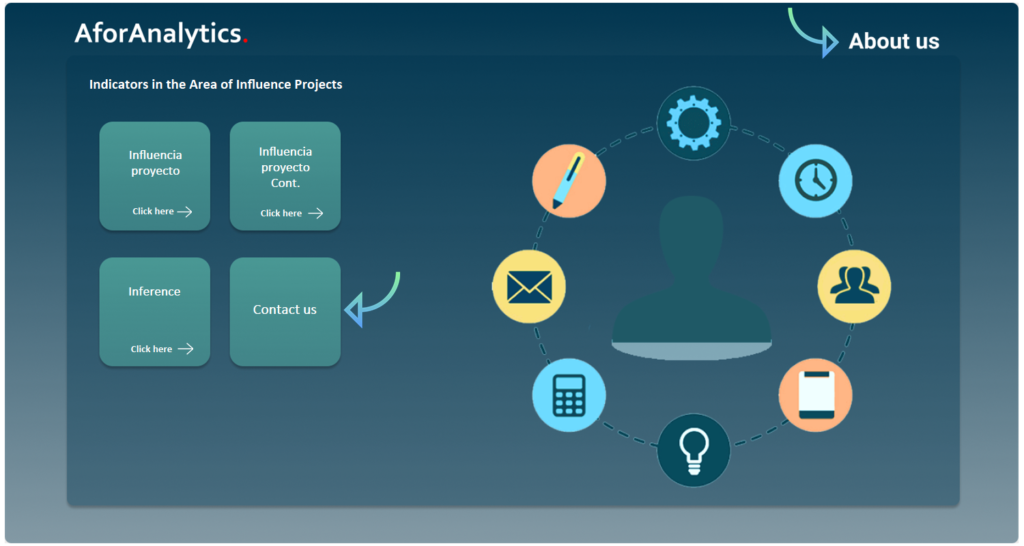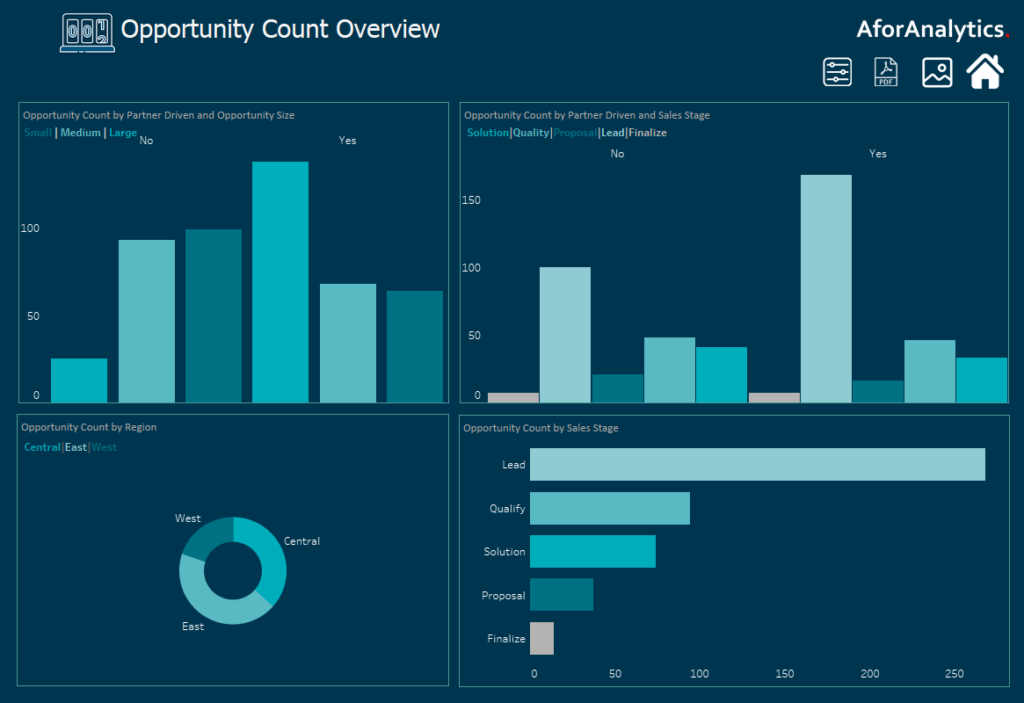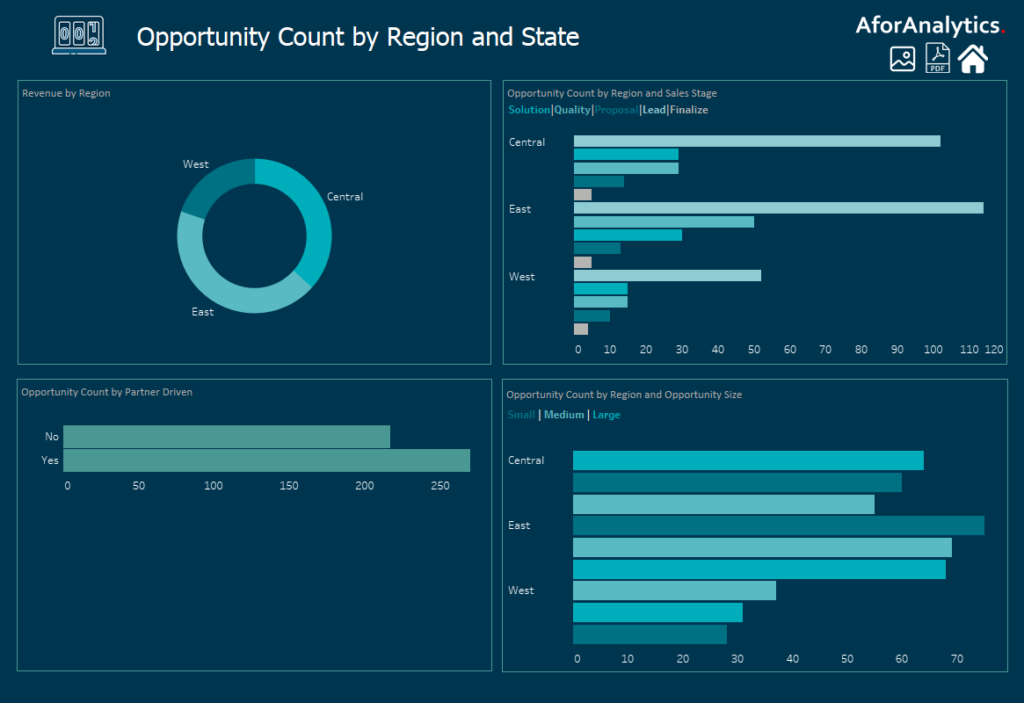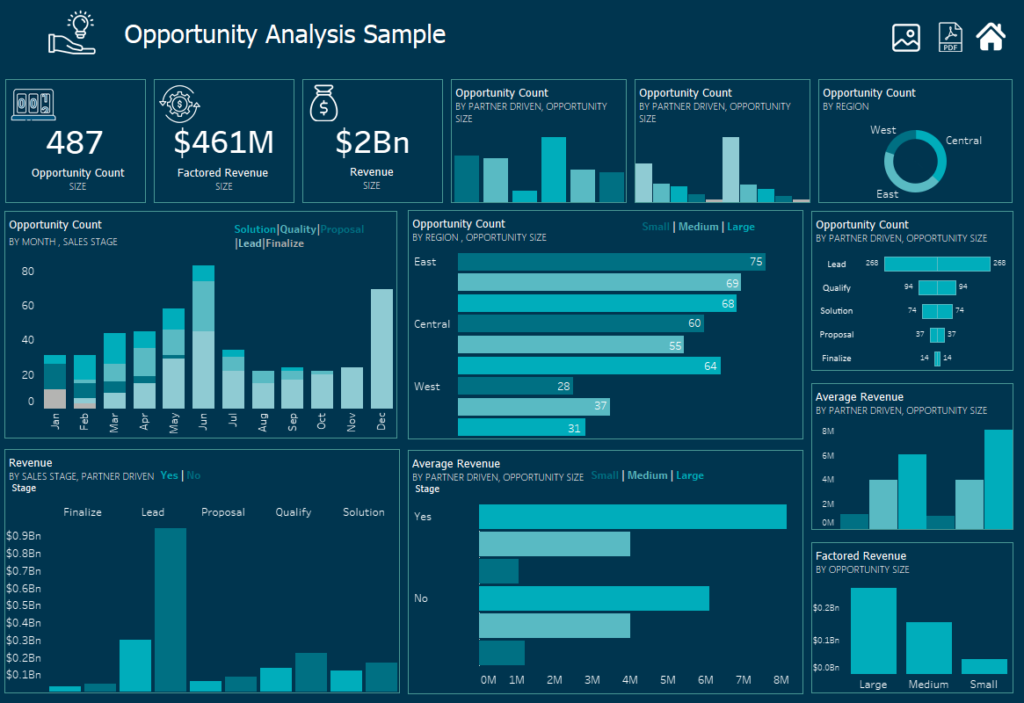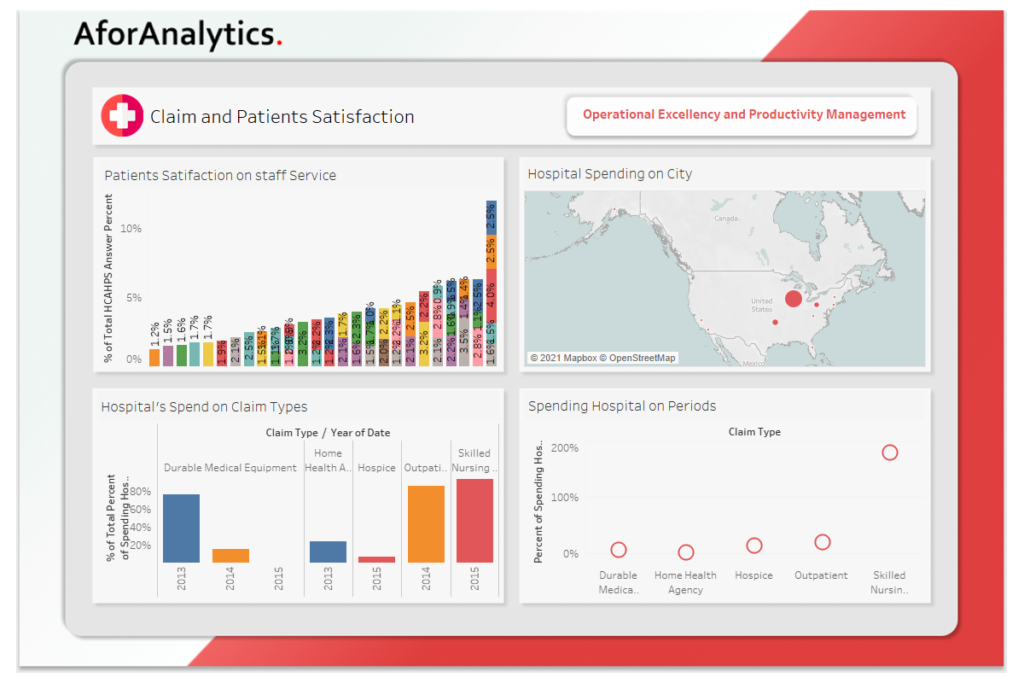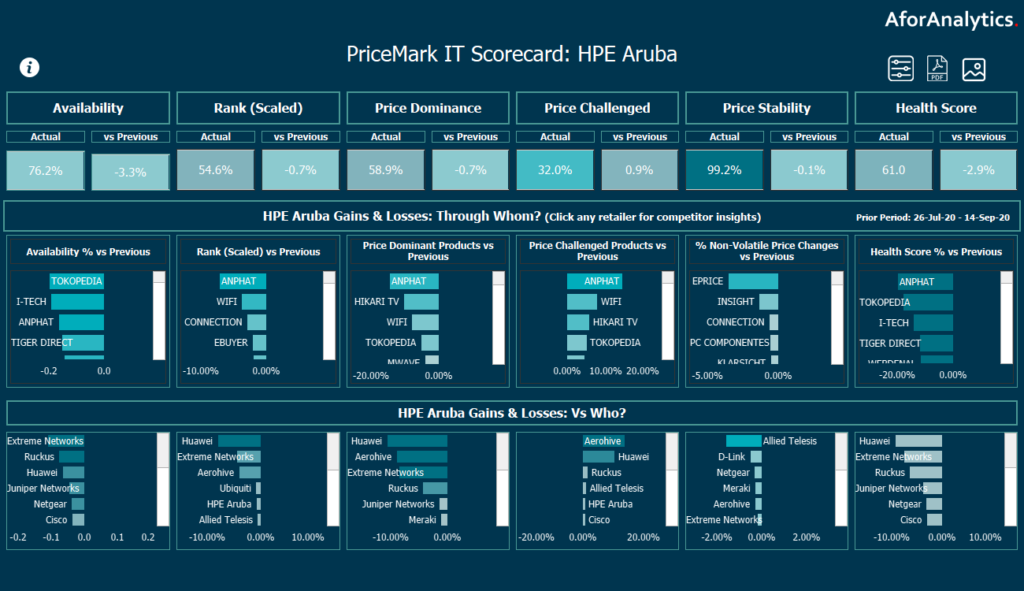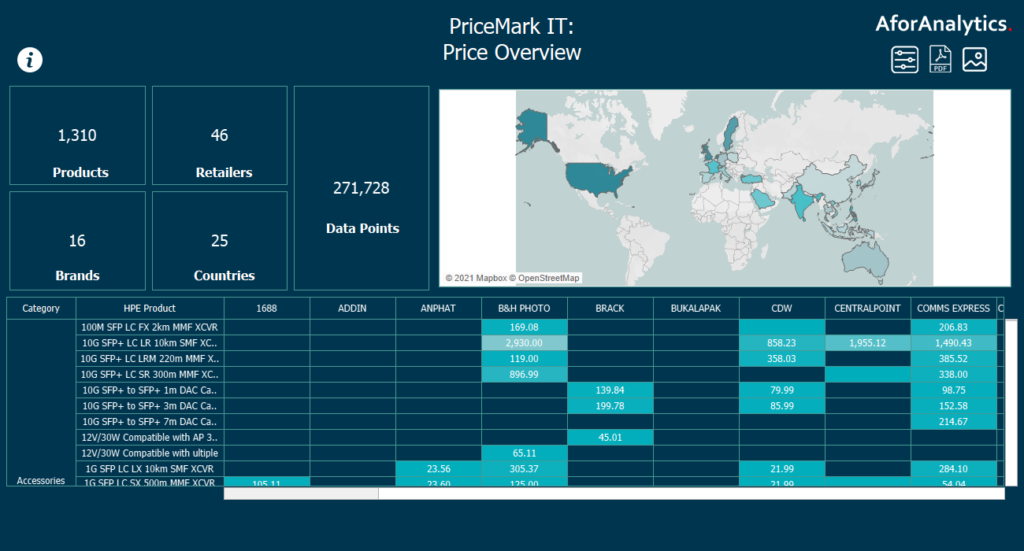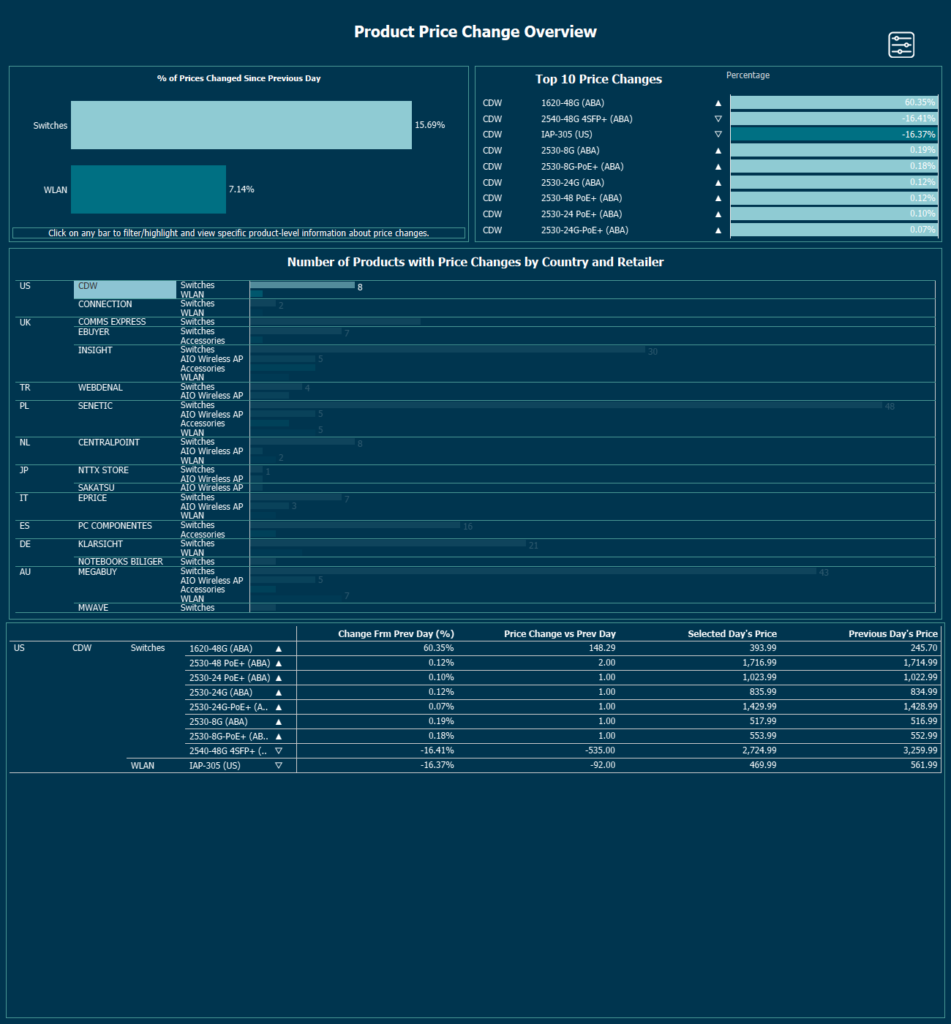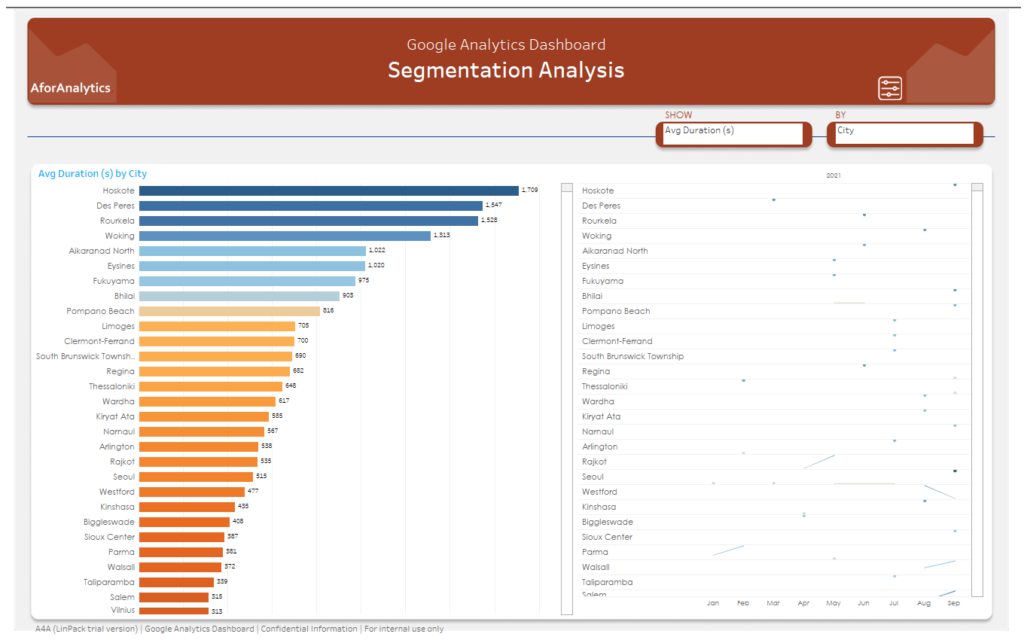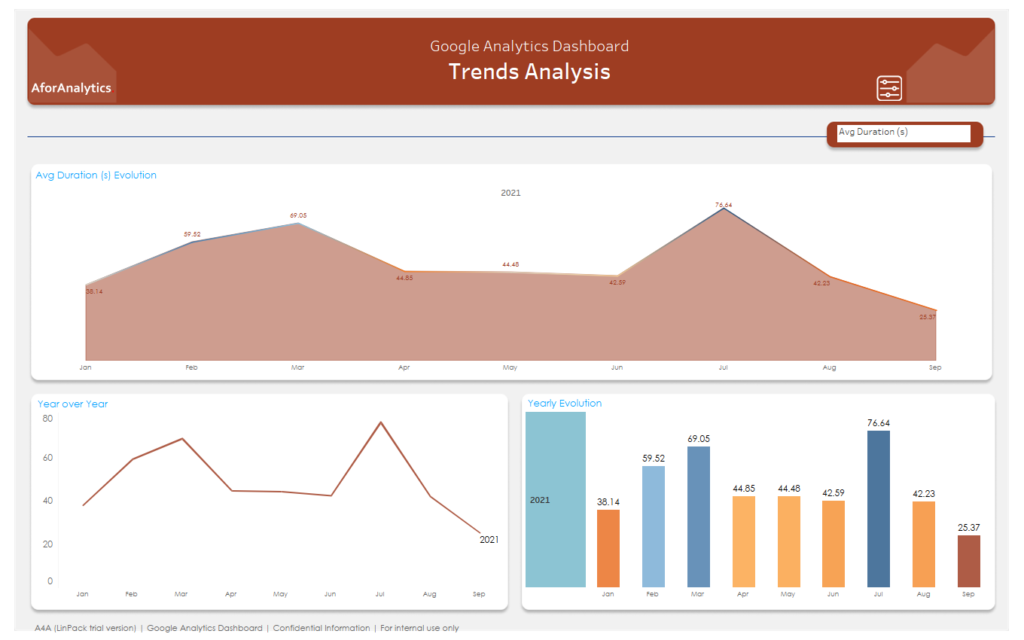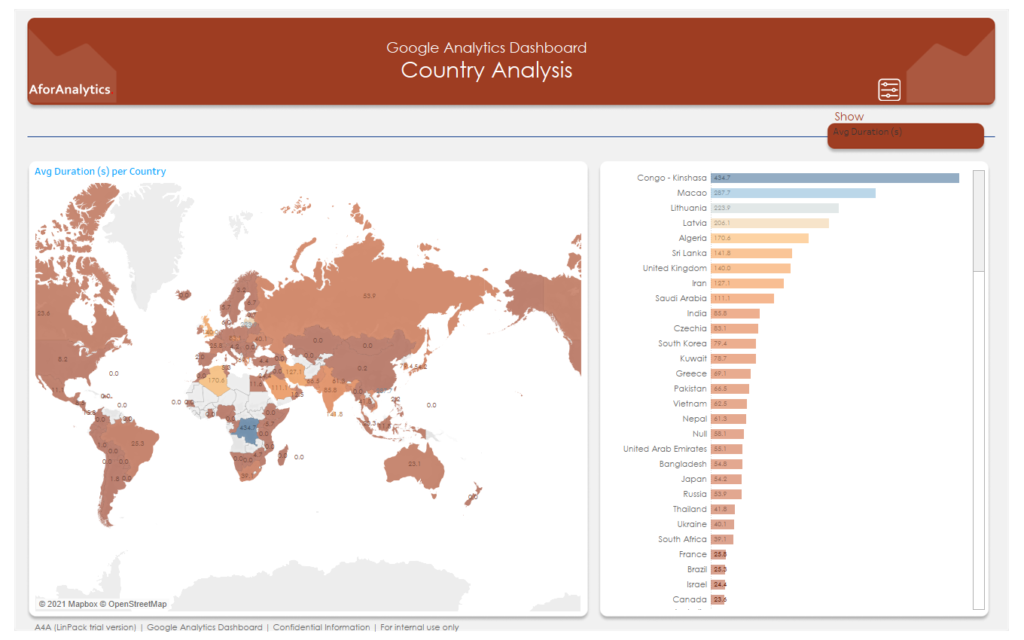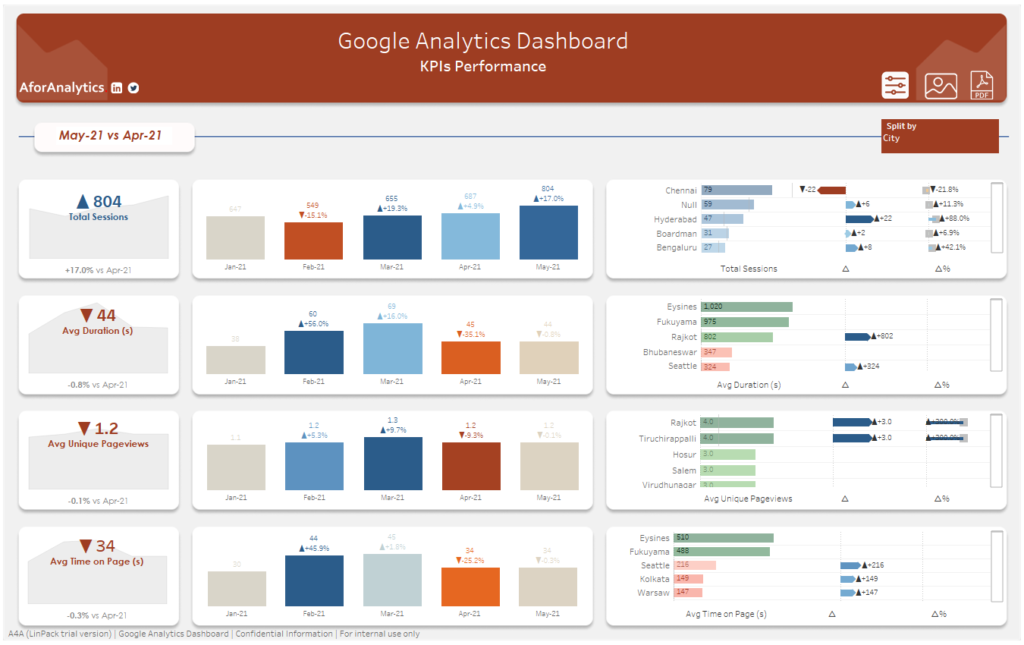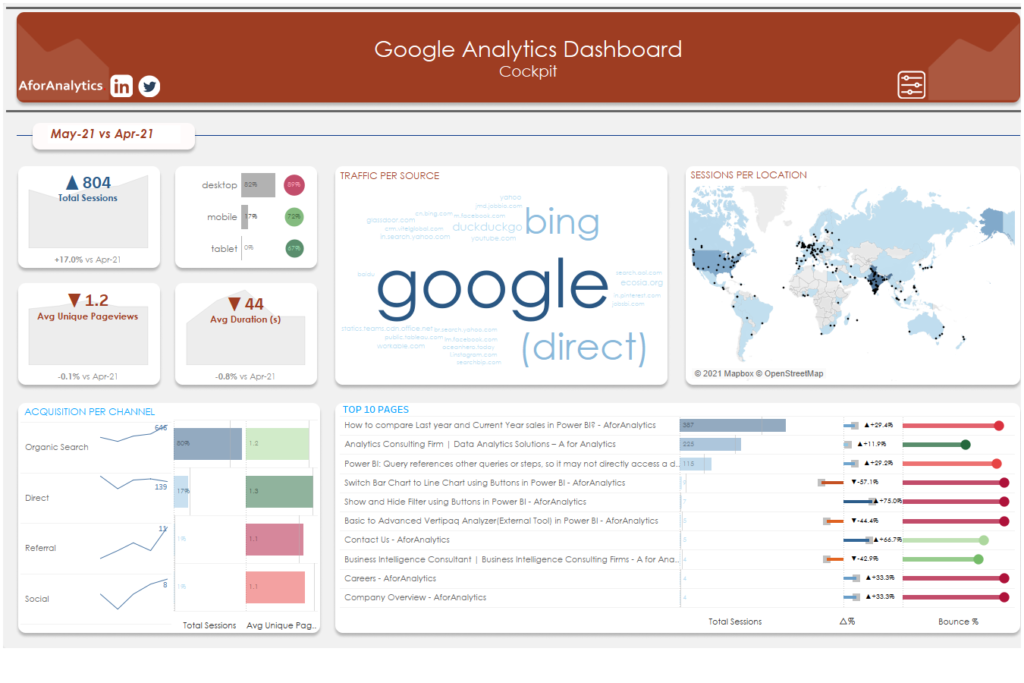
A data mart can be defined as a subset of a data warehouse that is dedicated to a specific line of business, department, or user community within an organization. It is designed to support the analytical and reporting needs of a targeted group of users. By focusing on a specific area, data marts provide a simplified and tailored view of data, making it easier for end-users to extract relevant insights.
The Data Mart Advantage in Cloud Environments:
- The advent of cloud computing has revolutionized data warehousing and data mart implementations.
- Cloud data warehouses and data marts offer scalability, agility, and cost-effectiveness, eliminating the need for upfront infrastructure investments.
- Organizations can leverage cloud-based data warehousing solutions to easily create, manage, and scale data marts, empowering business users with faster access to critical information.
Characteristics of Data Marts:
Data marts possess several key characteristics that distinguish them from the broader data warehouse:
- Subject-specific: Data marts are designed to address the analytical requirements of a particular subject area or user group. They focus on a specific set of business processes or functions, allowing for more targeted and efficient data analysis.
- Subset of the data warehouse: While a data warehouse contains enterprise-wide data, a data mart is a smaller, isolated subset that holds only the relevant data for a specific business unit or user community. This selective approach streamlines data retrieval and improves query performance.
- Pre-aggregated data: Data marts often contain pre-calculated aggregates and summarized data, optimized for reporting and analysis. This aggregation process enhances query performance and simplifies data exploration.
- Self-contained and independent: Data marts can function independently of the data warehouse, allowing for greater flexibility and autonomy for business units or user groups. They can be updated separately and tailored to specific requirements without impacting other parts of the data warehouse.
Benefits of Data Marts:
Implementing data marts within a data warehousing architecture offers several advantages:
- Improved performance: Data marts store a subset of data specific to a particular business unit or user community, resulting in faster query response times and improved analytical performance.
- Enhanced data accessibility: Data marts provide a focused view of data, making it easier for business users to find and retrieve relevant information. This accessibility empowers users to explore and analyze data independently, promoting self-service analytics.
- Customized analytics: By tailoring data marts to specific business functions, organizations can create custom data models, hierarchies, and metrics that align with the unique requirements of each department. This customization enables more accurate and meaningful analysis.
- Increased agility: Data marts offer flexibility in terms of design, development, and deployment. They can be rapidly implemented or modified to meet evolving business needs, allowing organizations to respond quickly to changing market dynamics.
Best Practices for Data Mart Implementation:
To ensure the successful implementation of data marts, consider the following best practices:
- Clearly define requirements: Begin by identifying the specific business functions or user groups that will benefit from a data mart. Engage with stakeholders to define their analytical needs, reporting requirements, and data granularity.
- Data integration and transformation: Implement an efficient data integration and transformation process to extract, clean, transform, and load data from the data warehouse to the data mart. Consider using extract, transform, load (ETL) tools or modern data integration platforms to streamline this process.
- Data modeling and schema design: Design an appropriate data model and schema for the data mart, ensuring it aligns with the analytical needs of the business unit or user group. Consider using dimensional modeling techniques, such as star schemas or snowflake schemas, for efficient and intuitive data exploration.
- Security and access control: Implement robust security measures to protect sensitive data within data marts. Define access control mechanisms and user permissions to ensure authorized access to data while maintaining data privacy and compliance.
- Regular maintenance and monitoring: Establish a maintenance plan for data marts to ensure data accuracy, reliability, and consistency. Monitor performance metrics, such as query response times and data freshness, to identify and resolve any issues proactively.
Data Warehouse vs. Data Mart: Understanding the Difference
- While data warehouses and data marts are closely related, there are key distinctions between the two. A data warehouse is a centralized repository that integrates data from various sources across an organization.
- It serves as a comprehensive storehouse of historical and current data. In contrast, a data mart is a smaller, specialized subset of a data warehouse that is optimized for specific business needs.
- It contains a subset of data relevant to a particular user community, allowing for faster query response times and increased efficiency.
Data Lake vs. Data Warehouse: Bridging the Gap
- Data lakes have also gained prominence in the data management landscape. A data lake is a vast pool of raw, unprocessed data that can be stored in its native format.
- Unlike a data warehouse or data mart, a data lake enables organizations to capture and store large volumes of structured and unstructured data without the need for predefined schemas.
- Data lakes are often used as a staging area for data before it is transformed and loaded into a data warehouse or data mart.
The key differences between data warehouse vs data marts vs data lakes:
| Data Warehouse | Data Mart | Data Lake | |
|---|---|---|---|
| Purpose | Centralized repository for integrated data from various sources across the organization | Subset of a data warehouse tailored to support specific business functions or user groups | Vast pool of raw, unprocessed data for storing large volumes of structured and unstructured data |
| Data Storage | Structured, organized, and optimized for efficient querying and analysis | Structured, organized, and optimized for specific business needs | Raw, unprocessed data stored in its native format |
| Scope | Enterprise-wide data integration and historical/cross-functional analysis | Department or user-group specific analysis with a narrower focus | Flexible storage for diverse data types and sources |
| Query Performance | Optimized for complex queries and enterprise-wide analysis | Faster query response times due to smaller data volume and focused scope | Depends on downstream processing and transformation |
| Schema | Predefined schemas and data models for consistent structure | Can use dimensional modeling techniques (e.g., star schemas, snowflake schemas) | No predefined schemas, supports schema-on-read approach |
| Agility | Relatively rigid and time-consuming to modify or add new data sources | More flexible and quicker to implement or modify based on specific requirements | Agile, accommodating changes and additions with ease |
| Accessibility | Centralized data accessible to multiple departments or user groups | Focused view of data for targeted business functions or user communities | Broad access to raw data for exploration and analysis |
| Data Transformation | ETL processes transform and load data from source systems | ETL processes extract, clean, and load data from the data warehouse | Transformation and cleaning occur downstream, after data retrieval |
| Data Governance | Centralized governance and security measures | Governed within the broader data warehouse governance framework | Governance often established downstream during data processing |
| Analysis | Historical, cross-functional analysis, and enterprise-level reporting | Department-specific or user-group-specific analysis and reporting | Exploration and discovery of raw data for various analytical purposes |
Conclusion:
In summary, data marts play a vital role in unlocking actionable insights within data warehousing environments. By providing focused and tailored views of data, data marts empower business users with faster access to relevant information. While data warehouses serve as comprehensive repositories, data lakes offer flexibility and scalability. The strategic use of data marts, data warehouses, and data lakes allows organizations to harness the power of their data and make data-driven decisions that drive success in today’s competitive landscape.

